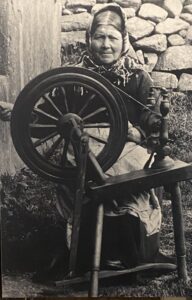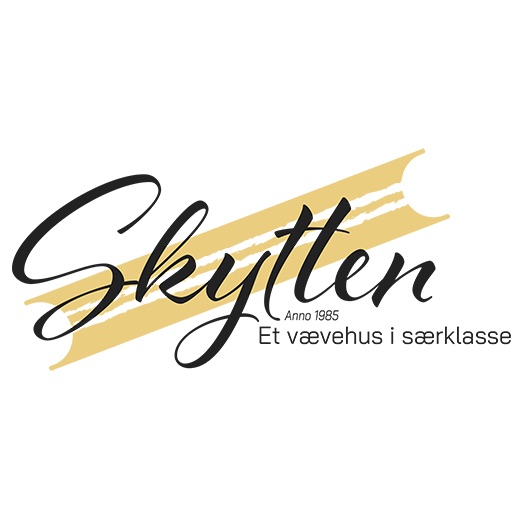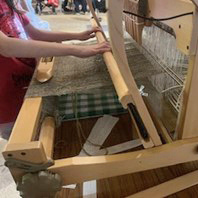
Unique Experience
Have you ever dreamed of visiting the Scottish isles and the Faroes?
Joy Ashford ‘s family came from the Orkneys and Richard and I have always wanted to visit – and immerse ourselves in the history, wildlife and natural fibres in this extraordinary area.
When Lynda Cortright, of Wild Fiber magazine, planned a 13-day trip to Scotland and the Faroes, we were thrilled to jump aboard!
Elizabeth Ashford
Richard and I have just returned from a fabulous trip to the Shetland, Orkney, Faroe and Hebridean Islands on board the Island Sky expedition ship, escorted by Linda Cortright of Wild Fibre fame. To venture to these remote islands, visiting with farmers, crofters, weavers, spinners and knitters and learning the history, while surrounded by the North Sea, made for a unique trip.


We were delighted to be with a group of fellow fibre enthusiasts who, like us, had dreamed of visiting Lerwick, Kirkwell, Fetlar, Torshavn, Vestmanna, Stornaway, St Kilda, Canna, Iona, Staffa, Oban and more.


With the use of Zodiacs, we could land on some of the remote islands that surround the Scottish coast and the Faroe Islands to help us understand the history, witness the wildlife and experience the culture of these beautiful islands. A culture so fundamentally centred on wool, spinning, weaving and knitting, that we were continually reminded of the importance of these crafts.





We enjoyed speaking with craftspeople who continue to spin, weave and knit the traditional Fair Isle knitwear and the beautiful Harris Tweed. To be classified as a Harris Tweed, the weaver must weave in their own home, using a treadle loom. Arguably the most famous fabric in the world, it is protected by an act of parliament and can only be made in the Outer Hebrides.



Fair Isle knitting originated on Fair Isle, a small island, part of the Shetland archipelago. The Fair Isle knit, a two-stranded knitting tradition, first appeared in fisherman’s hats during the 18th and 19th century. Sweaters in the Fair Isle style were not made until the First World War and gained considerable popularity when the Prince of Wales (later King Edward V111) wore Fair Isle jumpers in 1921. The sweaters were made by knitting bands of horizontal motifs from two different coloured strands of wool. The patterns are made up of motifs such as crosses, diamonds and eight-pointed stars.


We were thrilled when we met textile artists on our journey who use our equipment to help create these timeless textiles.








